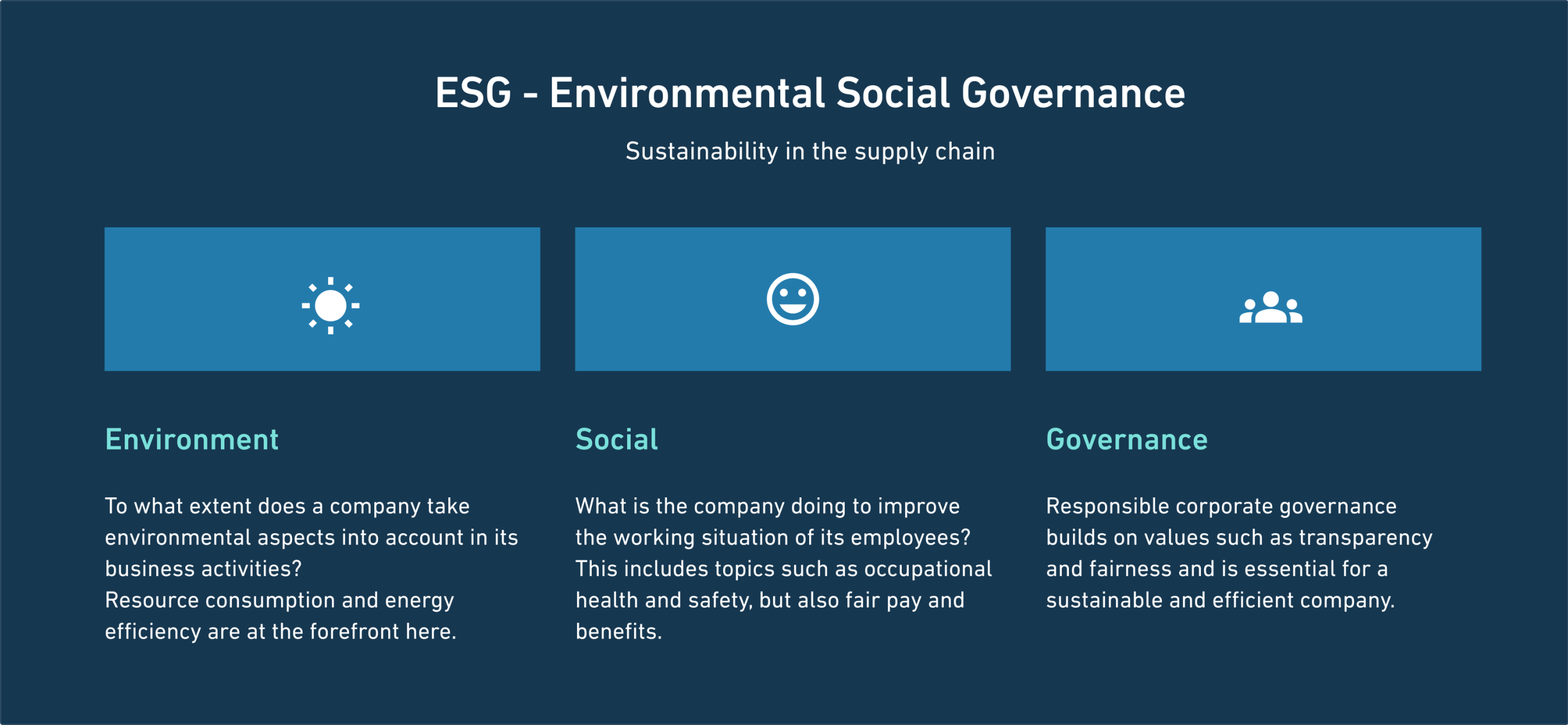The sustainable design of supply chains is becoming more and more of a priority for logistics service providers. Those who invest in a sustainable supply chain and develop strategies to comply with ESG criteria benefit in several ways. On the one hand, from a purely ecological point of view, it is sustainable if routes are optimized – this avoids empty runs and saves resources because each individual step is designed as efficiently as possible. On the other hand, it also ensures the future viability of a supply chain, i.e., sustainability in the economic sense. Anyone who ensures that processes are as lean and digital as possible today is setting their company up for the future and regularly checks whether ingrained processes are still up to date or could perhaps be simplified by modernization. Not to be forgotten here are the employees, whose day-to-day work can be made much easier by software. This way, you always keep the social factors in mind.
Software solutions offer an effective way to achieve the goal of a sustainable supply chain: Through efficient route planning, intelligent yard management, transparent communication, optimized warehousing, and tracking technologies, you can reduce costs and increase efficiency while reducing your environmental footprint. Implementing a sustainable supply chain not only gives you the opportunity to act in a more environmentally friendly way, but also to gain a competitive advantage and win the trust and loyalty of your customers.




